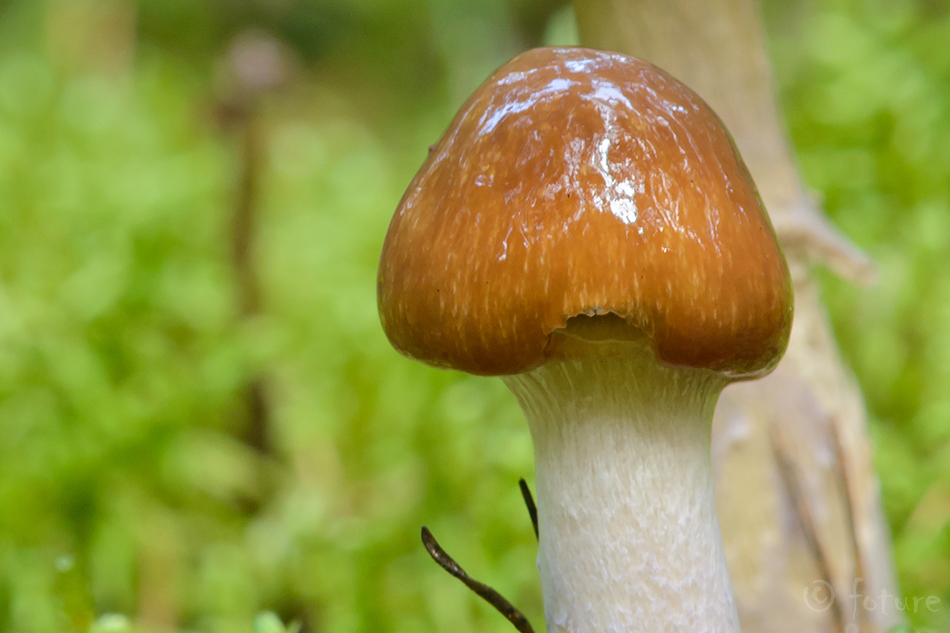

Võimsa nokaga Nicaragua seemnevint (minu enda vabatõlge) on
Kesk-Ameerika endeemne liik - teda leidub ainult Nicaraguas, Costa Ricas
ning Panamas (nendel aladel, mis on vahetult vastu Costa Rica piiri).
Kusjuures see vint eelistab Kariibi mere rannikut (kuna seal on
oluliselt niiskem), Vaikse ookeani äärest teda ei leia. Kuigi see lind
ei ole väga levinud, läheb tal tegelikult päris hästi. See on üks liik,
kes on kasu lõiganud metsade kadumisest - metsade asemele tulevad
tavaliselt põllud/karjamaad, mis tähendab, et valikus on rohkem
seemneid, mida nahka pista. Fotod tehtud Caño Negro kaitsealal,
Costa Ricas.
Nicaraguan Seed-finch is endemic to Central America - you can find it
only in Nicaragua, Costa Rica and Panama (areas close to Costa Rican
border). And also not everywhere in these countries but in the
Caribbean side (that is much wetter), the bird is absent from the
Pacific side. Although this seed-finch is rather uncommon, it does
actually quite well. This is one species that has benefited from
deforestation as the forests are usually replaced by fields and
pastures which means more seeds for them to eat. Caño Negro
Wildlife Refuge, Costa Rica.














































